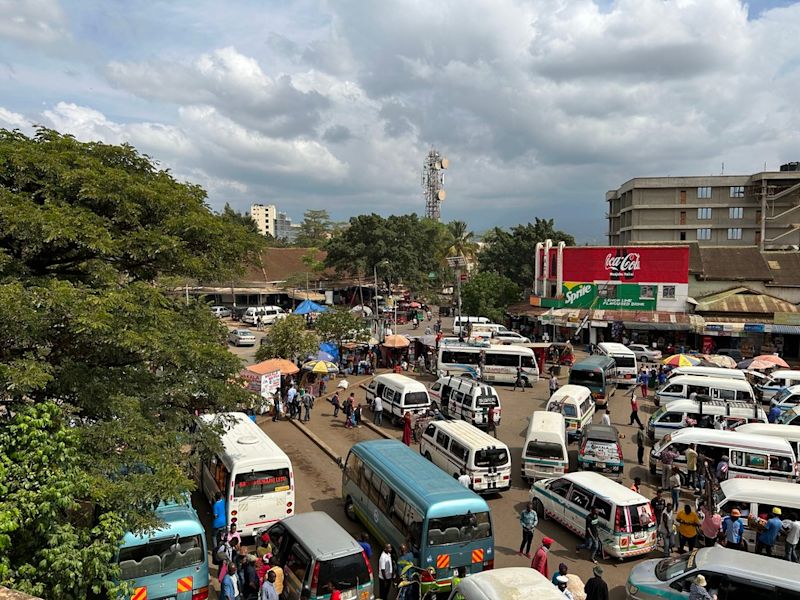Mount Kilimanjaro, Africa's highest peak, is a marvel of nature. Its towering presence in Tanzania is a testament to the Earth's volcanic activity.
But what about the potential for a Mt Kilimanjaro eruption?
This article delves into the history and possibility of a Mt Kilimanjaro eruption. We'll explore the geological facts, historical data, and current scientific understanding.
Join us as we journey through the fascinating world of Kilimanjaro's volcanic nature.
The majestic mountain: Understanding Mount Kilimanjaro
Mount Kilimanjaro stands as Africa's highest peak, reaching 5,895 meters above sea level. It is not just a single mountain but a stratovolcano, with three distinct cones: Kibo, Mawenzi, and Shira.
Located near the Tanzania-Kenya border, Kilimanjaro is renowned for its breathtaking landscapes. Its unique ecosystems range from lush tropical forests to barren alpine deserts. This diversity makes it a sought-after destination for trekkers and climbers worldwide. The mountain's allure and natural beauty are further enhanced by its rich history and cultural significance.
Kilimanjaro's volcanic nature
Mount Kilimanjaro is a stratovolcano characterised by its composite structure. It's formed from many layers of hardened lava and volcanic ash. Unlike many active volcanoes, Kilimanjaro remains mostly dormant.
The three cones that comprise Kilimanjaro – Kibo, Mawenzi, and Shira – each tell a different volcanic story. Kibo is the highest, with its last major eruption over 360,000 years ago. Today, it's considered dormant but not extinct. Mawenzi and Shira are extinct cones, showing no future activity.
Kilimanjaro's volcanic nature is linked to the East African Rift. This geological phenomenon causes the Earth's crust to split, creating Kilimanjaro. The rifting process resulted in volcanic activity that shaped the mountain. Here are some key volcanic facts:
- Kilimanjaro has three volcanic cones: Kibo, Mawenzi, Shira.
- Kibo's Ash Pit is an indicator of volcanic history.
- The area is part of the East African Rift system.
A history of dormancy: Kilimanjaro's eruption timeline
Mount Kilimanjaro's history is intriguing because of its long dormancy. The last major eruption occurred over 360,000 years ago. Since then, the mountain has been mostly quiet.
The most recent volcanic activity recorded was just about 200 years ago. This was not an eruption, but the release of fumaroles. These steam and gas emissions remind us that Kilimanjaro is still a living system beneath its surface.
While the mountain sleeps, scientific studies continue to monitor any potential changes. The possibility of future eruptions remains, though the probability is low. Understanding Kilimanjaro's eruptive history helps predict future activity. Significant volcanic events in Kilimanjaro's timeline include:
- Over 360,000 years ago: Last major eruption
- 200 years ago: Recent activity with fumaroles
- Current research: Dormant phase with low eruption probability
Kilimanjaro's timeline reflects a long history of dormancy. This allows its unique ecosystems to thrive.
The sleeping giant: will Kilimanjaro erupt again?
Mount Kilimanjaro stands as a silent sentinel with no signs of imminent eruption. Current geological research indicates a low probability of volcanic activity. The mountain remains dormant, but not extinct, posing little threat.
While eruptions are not expected soon, the situation is continuously monitored. Scientists stay vigilant, analysing any geological shifts or changes in activity. Despite its sleep-like state, Kilimanjaro's volcanic nature is still alive, driving ongoing studies. The mountain reminds us that nature is unpredictable, and understanding its behaviour is crucial for preparedness and safety.
Monitoring Kilimanjaro: modern scientific efforts
Scientists use advanced technology to monitor Mount Kilimanjaro's volcanic activity. Satellite imagery, seismic sensors, and ground observations help track any changes. These tools provide crucial data to assess potential risks.
The Tanzanian Geological Survey plays a vital role in this effort. Their continuous studies ensure that any unexpected activity is detected early. This vigilance helps protect both locals and visitors to the region. By understanding Kilimanjaro's complex geology, researchers aim to mitigate risks associated with its dormant volcanic nature. This commitment to monitoring underscores the importance of preparedness in volcanic regions.
Kilimanjaro's role in the local economy
Economically, Kilimanjaro is vital for the region. Tourism around the mountain provides jobs and supports local businesses, boosting the economy significantly. The park fees from climbers contribute to local development and conservation efforts. Kilimanjaro also supplies water to surrounding communities, sustaining agriculture and daily life. Protecting this natural treasure is essential for the cultural and economic well-being of the region.
Climbing Kilimanjaro: routes, challenges and precautions
Climbing Mount Kilimanjaro is a bucket-list adventure for many. While the climb requires no technical skills, the altitude can pose risks. Acclimatisation and going slowly are crucial to reduce the chance of altitude sickness.
Popular routes each offer different experiences. Here are a few notable ones:
- Marangu Route: Known as the "Coca-Cola Route", is the easiest and has hut accommodations.
- Machame Route: Dubbed the "Whiskey Route", is more scenic and challenging.
- Lemosho Route: Offers spectacular views and high success rates for reaching the summit.
- Rongai Route: The only northern path is quieter and less strenuous.
Proper preparation, including hiring guides and porters, ensures safety and success. It's essential to be aware of weather conditions and to bring suitable gear for this extraordinary journey.
Preserving Kilimanjaro for future generations
The preservation of Mount Kilimanjaro is vital for ecological and cultural reasons. Conservation efforts focus on protecting its unique habitats and addressing the impact of climate change. Sustainable tourism practices are encouraged to minimise environmental degradation. Safeguarding this iconic mountain ensures its awe-inspiring presence for generations to come.
The legacy of Kilimanjaro
Mount Kilimanjaro's legacy is a blend of natural wonder and cultural symbol. Its towering presence inspires countless adventurers and nurtures diverse ecosystems. As climate and volcanic activity continue to be monitored, the mountain's preservation becomes essential. Kilimanjaro stands as a testament to nature's majestic resilience.






